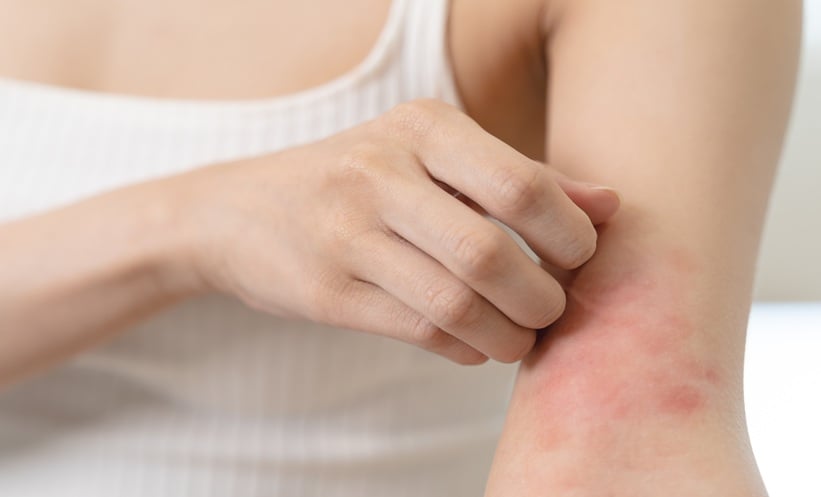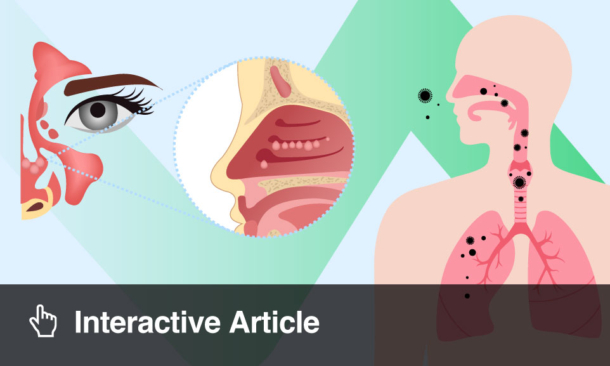MATHEMATICAL MODELLING has been used to study how atopic dermatitis (AD), the most common form of eczema, progresses. A team of researchers from Imperial College London, London, UK, synthesised data from approximately 500 experimental and clinical studies and carried out research with mice in order to develop a general mathematical model of AD. The model revealed that repeated AD flare-ups led to an irreversible immune system over-reaction in the body. This resulted in a cycle in which the threshold for triggering further AD outbreaks becoming lower, the flare-ups more severe, and the condition developing to become long-term. Based on this, the authors suggested that it may be crucial to prevent an immune system over-reaction from initially occurring.
A possible preventative treatment for this was suggested by the authors based on the results of two recent clinical trials which found that babies treated with emollients were less likely to develop AD. These effects were found in both babies with and without genetic markers that indicated a predisposition to AD. This was thought to be because the emollients act as a barrier, halting the itching and scratching cycle that can exacerbate AD further.
One of the study’s co-authors, Dr Reiko Tanaka, Department of Bioengineering, Faculty of Engineering, Imperial College London, London, UK, elucidated: “Our mathematical modelling is helping us to make a clearer connection between a systemic reaction to AD and its progression. More work needs to be done to verify our results in patients. However, we think a crucial preventative measure may be the use of ointments on all babies early on. It does not matter which moisturising treatment is used as long as a barrier on the skin is created, which may stop the AD cycle from triggering a systemic reaction.”
Following this, Dr Tanaka and her colleagues intend to develop a model that can be individualised to each patient depending on their clinical data, facilitating personalised treatment, which is expected to be more efficacious.
(Image: freeimages.com)






